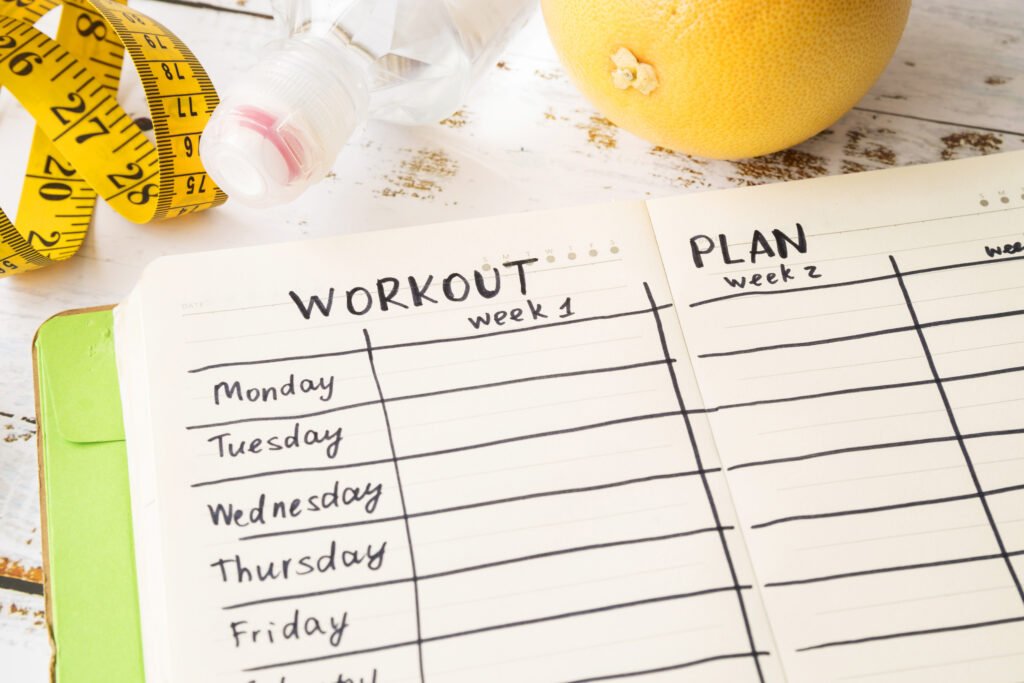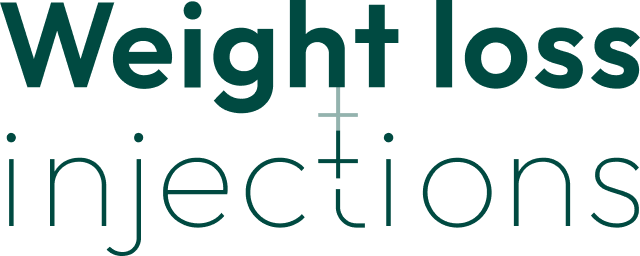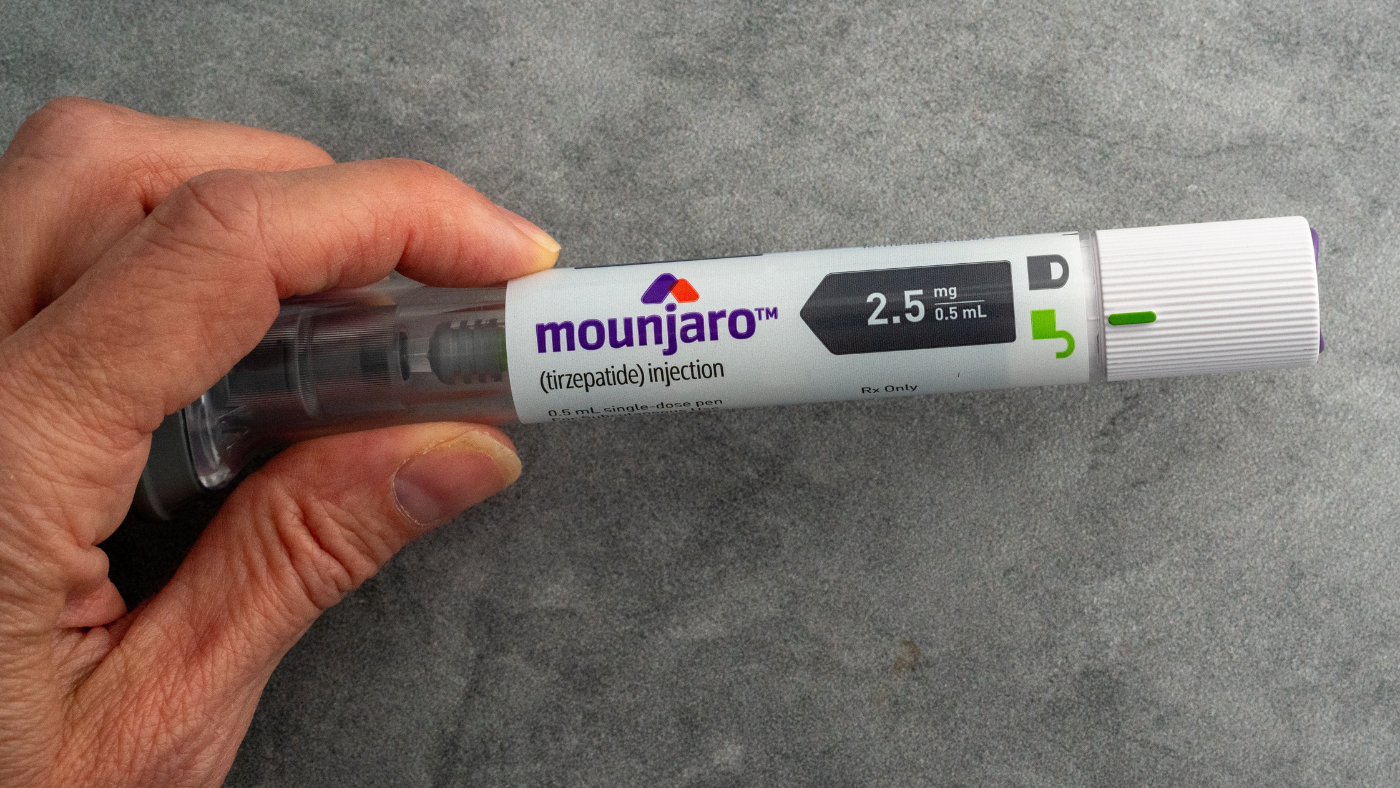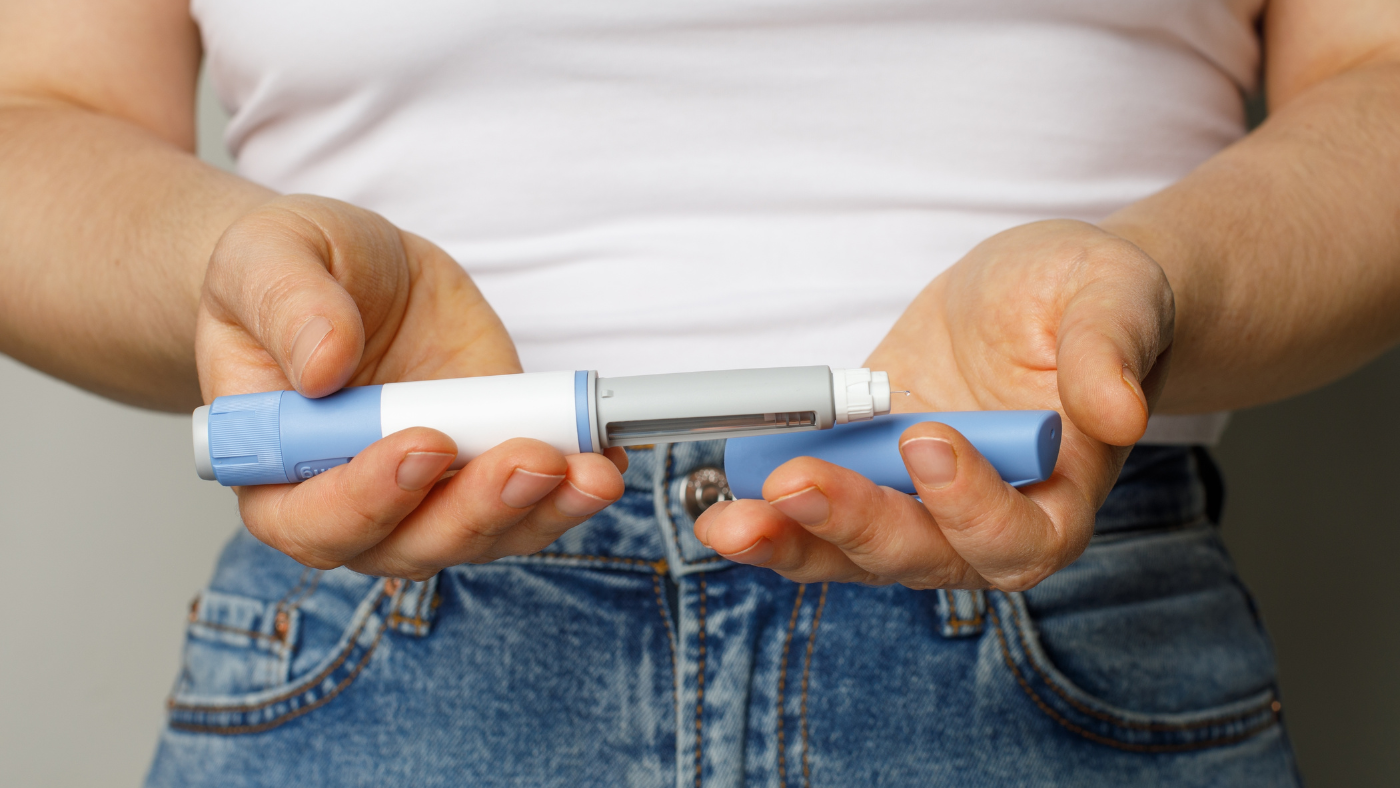Exercise and weight loss go hand in hand, but when you’re using weight loss injections, the game changes completely. I’ve watched countless people make the same mistake—thinking the injection does all the work whilst they sit back and wait for magic to happen.
Here’s the truth: weight loss injections are incredible tools, but they’re not miracle workers on their own. They’re more like having a really good personal trainer who whispers “you’re not actually hungry” in your ear all day.
But if you want to see the results that’ll make your jaw drop, you need to pair them with the right exercise routine.
Introduction
Let me paint you a picture. Sarah from Dublin started her weight loss injection journey six months ago. She lost 12 pounds in the first month—brilliant! But then she hit a wall. The weight loss slowed, and worse, she felt weaker than before. Why? She’d completely ignored exercise.
Why Exercise Amplifies GLP-1 Injection Results
Weight loss injections work by making you feel full faster and longer. They’re essentially rewiring your relationship with food. But here’s what most people don’t realise: when you’re eating significantly less, your body starts breaking down muscle alongside fat.
The brutal reality: You could lose up to 40% of your weight loss from muscle mass if you’re not doing resistance training. That’s not just vanity talking—that’s your metabolism taking a nosedive.
Exercise changes everything. It tells your body, “Hey, we still need these muscles!” whilst amplifying the fat-burning effects of your injections. Think of it as pressing the accelerator whilst your injection is already doing the steering.
Building Sustainable Routines for Long-Term Success
I’m not here to sell you on becoming a gym rat or running marathons. The best exercise routine is the one you’ll actually stick to for months, not days.
The secret sauce? Start stupidly small. We’re talking 10-minute walks and 5-minute stretching sessions. Your injection is already doing the heavy lifting on appetite control, but you still need a calorie deficit to see results.
Exercise Fundamentals with Weight Loss Injections
The foundation of any good exercise and weight loss plan with injections isn’t complicated. You need three pillars: resistance training, cardio, and recovery. Miss any one of these, and you’re leaving results on the table.
Resistance Training for Muscle Preservation
This is non-negotiable. I don’t care if you’ve never lifted a weight in your life—resistance training is your insurance policy against becoming a smaller, weaker version of yourself.
2-3 Weekly Sessions to Prevent Muscle Loss
Here’s your minimum effective dose: two to three resistance sessions per week. That’s it. Not seven days a week, not some insane routine that requires two hours daily.
Each session should hit your major muscle groups:
- Upper body: Push-ups, rows, overhead movements
- Lower body: Squats, lunges, step-ups
- Core: Planks, dead bugs, mountain climbers
Start with 2-3 exercises per session, 2-3 sets each. If you’re gasping for air after 15 minutes, you’re doing it right.
Progressive Bodyweight and Weight Training Protocols
Begin with bodyweight movements. Master the basics before adding external weight. A proper bodyweight squat will teach you more about movement than throwing weights around poorly.
Week 1-2: Learn the movements
Week 3-4: Add repetitions
Month 2+: Introduce weights or resistance bands
The progression doesn’t need to be dramatic. Adding one extra rep per week or holding a plank for five seconds longer counts as progress.
Equipment-Free Alternatives
No gym? No problem. Your body is the best piece of equipment you’ll ever own.
Upper body circuit:
- Push-ups (modify on knees if needed)
- Pike push-ups for shoulders
- Tricep dips using a chair
Lower body circuit:
- Bodyweight squats
- Reverse lunges
- Single-leg glute bridges
Full body finisher:
- Burpees (the exercise everyone loves to hate)
- Mountain climbers
- Plank to downward dog
Cardiovascular Exercise Framework
Cardio with weight loss injections isn’t about punishing yourself. It’s about building your engine whilst the injection handles your fuel tank.
150-Minute Weekly Aerobic Guidelines
The magic number is 150 minutes of moderate cardio per week. That breaks down to just over 20 minutes daily. You can batch it into longer sessions or sprinkle it throughout your week.
Moderate intensity means you can hold a conversation but you’re slightly out of breath. Think brisk walking, casual cycling, or swimming at a comfortable pace.
Morning vs Evening Timing Optimization
Here’s something interesting: research suggests morning exercise might give you an edge for weight loss. Your body burns fat more efficiently when your glycogen stores are lower—which happens naturally after sleeping.
But honestly? The best time to exercise is when you’ll actually do it consistently. If evenings work better for your schedule, go for it.
Morning exercisers: Have your injection the night before, exercise fasted or with a light snack
Evening exercisers: Time your injection for the morning, exercise 2-3 hours after your last meal
HIIT Integration Strategies
High-Intensity Interval Training (HIIT) is brilliant when you’re short on time. Twenty minutes of HIIT can be as effective as 45 minutes of steady cardio.
Simple HIIT formula:
- 30 seconds work
- 90 seconds rest
- Repeat 8-12 rounds
Exercise options:
- Bodyweight squats
- High knees
- Burpees
- Mountain climbers
Start with 6 rounds and build up. Your injection might make you feel less energetic initially, so listen to your body.
Recovery and Flexibility
This is where most people drop the ball. Recovery isn’t lazy—it’s strategic.
Stretching and Mobility Protocols
Spend 10-15 minutes daily on mobility work. Your muscles will thank you, and you’ll move better in your workouts.
Daily essentials:
- Cat-cow stretches for spine mobility
- Hip circles for hip flexibility
- Shoulder rolls for upper body tension
- Calf stretches for lower leg circulation
Do these whilst watching telly or before bed. Multi-tasking at its finest.
Rest Day Planning
Rest days aren’t Netflix-and-chill days (although there’s nothing wrong with that occasionally). Active recovery keeps you moving without adding stress.
Active recovery ideas:
- Gentle yoga
- Walking your dog (or borrowing someone else’s)
- Light stretching
- Foam rolling if you have one
Creating Your Weekly Exercise Schedule

Building your routine is like constructing a house—you need a solid foundation before adding fancy features.
Foundation Phase (Weeks 1-4)
Your first month is about building habits, not breaking records.
Beginner-Friendly Starting Protocols
Week 1 schedule:
- Monday: 20-minute walk + 10 minutes stretching
- Tuesday: Rest or gentle yoga
- Wednesday: 15-minute bodyweight circuit
- Thursday: Rest
- Friday: 20-minute walk
- Weekend: One longer walk (30-40 minutes) + stretching
Notice how we’re not jumping into daily two-hour sessions? That’s intentional.
Gradual Intensity Progression
Week 2: Add 5 minutes to your walks
Week 3: Include a second bodyweight session
Week 4: Introduce light resistance bands or water bottles as weights
The key is progressive overload—gradually increasing the challenge without overwhelming yourself.
Optimization Phase (Month 2+)
Once you’ve established the habit, it’s time to turn up the heat.
Advanced Training Techniques
Supersets: Pair two exercises back-to-back with no rest between them. Example: squats immediately followed by push-ups.
Time under tension: Slow down your movements. Take 3 seconds to lower into a squat, pause for 1 second, then stand up normally.
Compound movements: Focus on exercises that work multiple muscle groups. Squat-to-press, deadlifts, and burpees are your friends.
Plateau Prevention Methods
Plateaus are inevitable, but they’re not permanent. Here’s how to smash through them:
Change your variables:
- Increase weight or resistance
- Add more repetitions
- Decrease rest periods
- Try new exercises
Periodisation: Every 4-6 weeks, completely change your routine. If you’ve been doing bodyweight exercises, try resistance bands. If you’ve been walking, try swimming.
Managing Exercise During Treatment
Let’s be honest—weight loss injections come with side effects. Here’s how to work with them, not against them.
Side Effect Adaptations
The most common side effects—nausea, fatigue, and digestive issues—can derail your exercise plans if you’re not prepared.
Modified Routines During Nausea Periods
When nausea hits, high-intensity exercise is off the table. But that doesn’t mean complete inactivity.
Nausea-friendly activities:
- Gentle walking
- Restorative yoga
- Light stretching
- Breathing exercises
Sometimes the best thing you can do is listen to your body and take it easy. Progress isn’t always linear.
Energy Fluctuation Management
Your energy levels might be all over the place initially. Some days you’ll feel like conquering the world; others, climbing stairs feels like Mount Everest.
Energy management strategies:
- High energy days: Go for your planned workout
- Medium energy days: Reduce intensity by 25-50%
- Low energy days: Opt for gentle movement or rest
Progress Monitoring
The scales lie. Especially when you’re building muscle and losing fat simultaneously.
Body Composition Tracking Beyond Weight
Better metrics to track:
- Measurements: Waist, hips, arms, thighs
- Photos: Front, side, and back views monthly
- How clothes fit: Your jeans don’t lie
- Energy levels: Rate your daily energy 1-10
- Sleep quality: Are you sleeping better?
Strength and Endurance Markers
Track your performance improvements:
- Number of push-ups you can do
- How long you can hold a plank
- How many flights of stairs you can climb without being winded
- How much weight you can lift
These improvements often happen before you see changes in the mirror.
Safety Protocols
Know when to pump the brakes.
Warning Signs Requiring Medical Attention
Stop exercising and seek medical help if you experience:
- Severe dizziness or fainting
- Chest pain or difficulty breathing
- Severe nausea or vomiting during exercise
- Unusual fatigue that doesn’t improve with rest
- Signs of dehydration
When to Modify or Stop Exercise
Reduce intensity or take a break if:
- You’re consistently exhausted after workouts
- You’re not recovering between sessions
- Your injection side effects are worsening with exercise
- You’re losing strength rather than gaining it
Conclusion
Exercise and weight loss injections are a powerful combination when done right. The injection handles your appetite. Exercise handles everything else: muscle preservation, metabolism, mood, and long-term success.
Remember Sarah from the beginning? She eventually figured it out. Started with 15-minute walks. Added bodyweight exercises. Within three months she was stronger than she’d been in years. The weight loss resumed. More importantly, she felt incredible.
Your routine doesn’t need to be perfect. It needs to be consistent. Start where you are. Use what you have. Do what you can. The injection is giving you a head start. Don’t waste it by overthinking the exercise piece.
The best time to start was yesterday. The second-best time is right now. Your future self will thank you for making exercise and weight loss a partnership rather than leaving one to do all the heavy lifting.
Frequently Asked Questions
Q 1: How soon can I start exercising after beginning weight loss injections?
A 1: You can typically start gentle exercise immediately, but listen to your body during the first week. Begin with light walking and stretching whilst your body adjusts to the medication.
If you experience significant nausea or fatigue, wait until these subside before adding more intensive exercise. Always consult your GP before starting any new exercise programme alongside your injection treatment.
Q 2: What should I do if I feel too nauseous to exercise?
A 2: Nausea is common, especially in the first few weeks. On high-nausea days, opt for gentle movement like slow walking or restorative yoga. Avoid intense exercise that might worsen nausea.
Stay hydrated and consider exercising when your symptoms are typically mildest—this varies by person but is often mid-morning or early evening.
Q 3: Can I exercise on the same day I take my injection?
A 3: Yes, but timing matters. If you take weekly injections, you might feel more side effects on injection day. Consider doing lighter exercise on these days and saving your more intense sessions for when you feel your best.
Many people find days 2-5 after their weekly injection are when they feel most energetic.
Q 4: How do I know if I’m losing muscle or just fat?
A 4: Focus on strength and performance rather than just the scales. If you can do more push-ups, hold planks longer, or lift heavier weights, you’re likely preserving muscle. Take body measurements and photos monthly.
Q 5: What’s the best exercise if I only have 20 minutes a day?
A 5: A combination approach works best: alternate between 20-minute resistance training sessions (3 days per week) and 20-minute cardio sessions (3 days per week), with one full rest day.
On resistance days, focus on compound movements like squats, push-ups, and planks. On cardio days, choose activities you enjoy—walking, cycling, or dancing all count.






